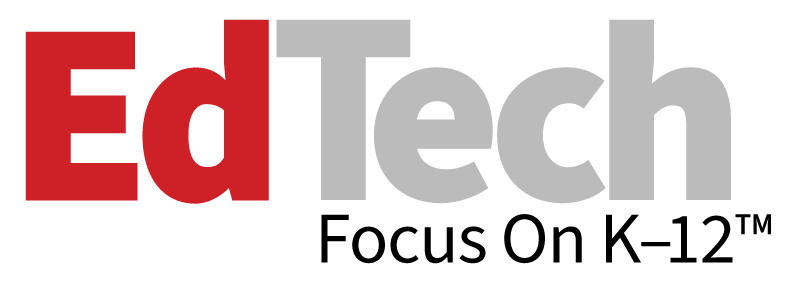Breaking Down the Topics, Trends and Tools for 2025
An advisory committee examined, discussed and voted on the top hurdles, accelerators and tech enablers of 2025, ultimately looking at them through the lens of these themes in education: ethical innovation, personalization, the future of work and critical media literacy.
Hurdles
Making the list for the fourth year in a row, “attracting and retaining educators and IT professionals” is one of the top challenges for K–12 schools right now. Low job satisfaction and noncompetitive salaries make it difficult for schools to stay fully staffed.
Complicating things further, another 2025 hurdle is the “evolution of teaching and learning,” which looks at the way educators are preparing students for the world they will enter after graduation. While professional development helps build these skills for the future of teaching and learning, society and technology are evolving at a rapid pace that’s difficult to match in the classroom.
CHECK IT OUT: Apply the SAMR model in your K–12 classroom.
The third hurdle is “digital equity,” a challenge highlighted in last year’s update to the National Educational Technology Plan. Per the CoSN report, “Digital Equity includes three interrelated components: digital foundations (including digital literacy), conditions for learning, and meaningful learning opportunities.” This takes the hurdle beyond access and into realms of equitable understanding and experiences.
Cybersecurity did not make the list, despite being named last year as a top hurdle for K–12 innovation.
Accelerators
The top three accelerators of 2025 are the same trends called out in the 2024 “Driving K–12 Innovation” report.
“Learner agency” shifts the focus to students as the drivers of their education journey. To facilitate learner agency, schools must also foster educator agency, the report states.
LEARN MORE: Empower students amid ed tech consolidation.
This is, in part, where “building the human capacity of leaders,” the second accelerator, comes in. Schools must invest in their staff, giving them opportunities to grow and learn.
The final and most complex hurdle is “changing attitudes toward demonstrating learning.” This accelerator challenges schools and educators to move beyond traditional manners of assessment and instead consider alternative methods to gauge learning and understanding.
Tech Enablers
New to the list last year, generative artificial intelligence is the top tech enabler for 2025. The report notes it is a “transformative force” but adds that school systems are “working hard to meet the urgent need for safe, effective and responsible use of Gen AI.”
DISCOVER: How can you bring artificial intelligence into your K–12 district?
Often using the power of AI, “analytics and adaptive technologies” is the next tech enabler. While analytics can help educators and other school leaders adapt their approaches, adaptive technologies change to meet students’ needs based on their interactions.
And, after a brief respite last year, “untethered broadband and connectivity” is once again on the list as a tech enabler for K–12 innovation. The report states that learning today requires robust and flexible connections that aren’t dependent on wires and cables.











